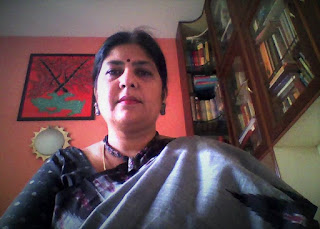Pochampally, the weave that comes from a great land
I was all dressed up and worked from my room as I have been doing for six years now, just the day I completed six years in the current assignment. It has been a lonely journey, stressful at times, boring very many times, nevertheless an exciting journey. I had seen couple of bull markets and at least three long and sustained bear markets covering financial sector before starting on oil & gas. For most part crude has been on a strong bull territory helped by a civil wars, bombings, cross country air strikes all that held up crude price even as US shale was booming. As a reporter the worst challenge, and depressing phase of one’s career has been the Iran sanctions issue – also these six years has seen all sorts of controversies the industry can face, from Radia tapes to oil ministry leaks etc. Let me rather talk about better things like Pochampally and Ikat, the history and tradition.
Since there are going to be lot of Ikat’s coming up before I complete #100SareePact a little bit about Pochampally. We have Ikat tie and dye technicque across India from Patola on the west coast to Sambalpuri on the east coast ….it doesn’t stop there. Across the oceans from Indonesia to Japan Ikat exists.
But, Pochampally which practices even the tough double Ikat weave where the warp as well as the weft are dyed in the Ikat tradition has the distinction of being the village from where Acharya Vinoba Bhave’s Bhoodan movement started. It was in this village in Nalgonda district which now falls under Telangana the Bhoodan movement was born in 1951 with a donation of 100 acres by Vedire Ramachandra Reddy for redistribution to farmers.
Wear your Pochampally’s with pride.
Someone said accessories get extra marks, so a piece of silver jewellery bought many years ago wandering around the Camp area in Pune.



Comments
Post a Comment